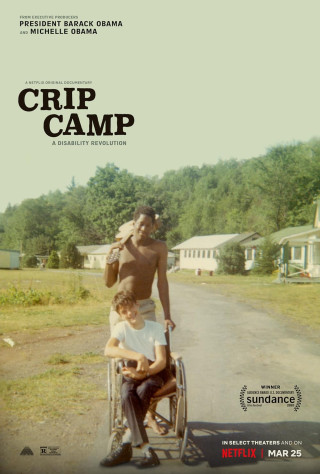In 1977 the CIL and many others, including as Kitty Cone, Jeff Moyer, and Mary Jane Owens, ushered in what Cone described as the “public birth” of the disability rights movement in an epic San Francisco protest over a portion of legislation passed five years earlier. The first law that paid any attention to disability rights was the 1973 Rehabilitation Act and its critical Section 504 which stated the following:
“No otherwise qualified individual with a disability in the United States, as defined in section 705(20) of this title, shall, solely by reason of her or his disability, be excluded from the participation in, be denied the benefits of, or be subjected to discrimination under any program or activity receiving federal financial assistance or under any program or activity conducted by any Executive agency or by the United States Postal Service.”
Heumann had first spotted the language in the vetoed 1972 law, but its passage in 1973 gave the disability movement teeth. Under the Ford administration, new regulations were to be added to the law that would expand its purview to hospitals, universities, and other institutions. Unwilling to adapt, leaders of these institutions lobbied the administration to reconsider the new regulations. Their efforts had an effect; the outgoing HEW secretary balked at signing the regulations into law and the new secretary, Joseph Califano, furthered the delay.
In Berkeley, Heumann, Roberts, Cone, and others formed the Committee to Save 504 and began planning a protest in San Francisco. Working with disability activists across the United States, they set up a multicity protest for April 11 at regional HEW locations as well as its headquarters in the capital. In addition to DC and San Francisco, activists descended on offices in Denver, New York, Los Angeles, Chicago, Dallas, Boston, and Philadelphia.
Five hundred protesters showed up in San Francisco, and 125 later stormed the regional HEW office, occupying it for weeks. Heumann and others occupied the building, creating alliances with local leaders including the Black Panthers, who aided their endeavors by bringing food to the protesters every night of the occupation. Protestors occupied HEW offices in Los Angeles and Denver as well, but it was the San Francisco protest that galvanized the larger movement. The 2020 documentary Crip Camp: A Disability Revolution captures the protest most vividly.
In order to apply pressure to HEW officials, Heumann and others travelled to Washington, DC, to lobby and negotiate with Califano and other officials while activists continued to occupy the San Francisco office, yet the Carter Administration continued to drag its feet.

